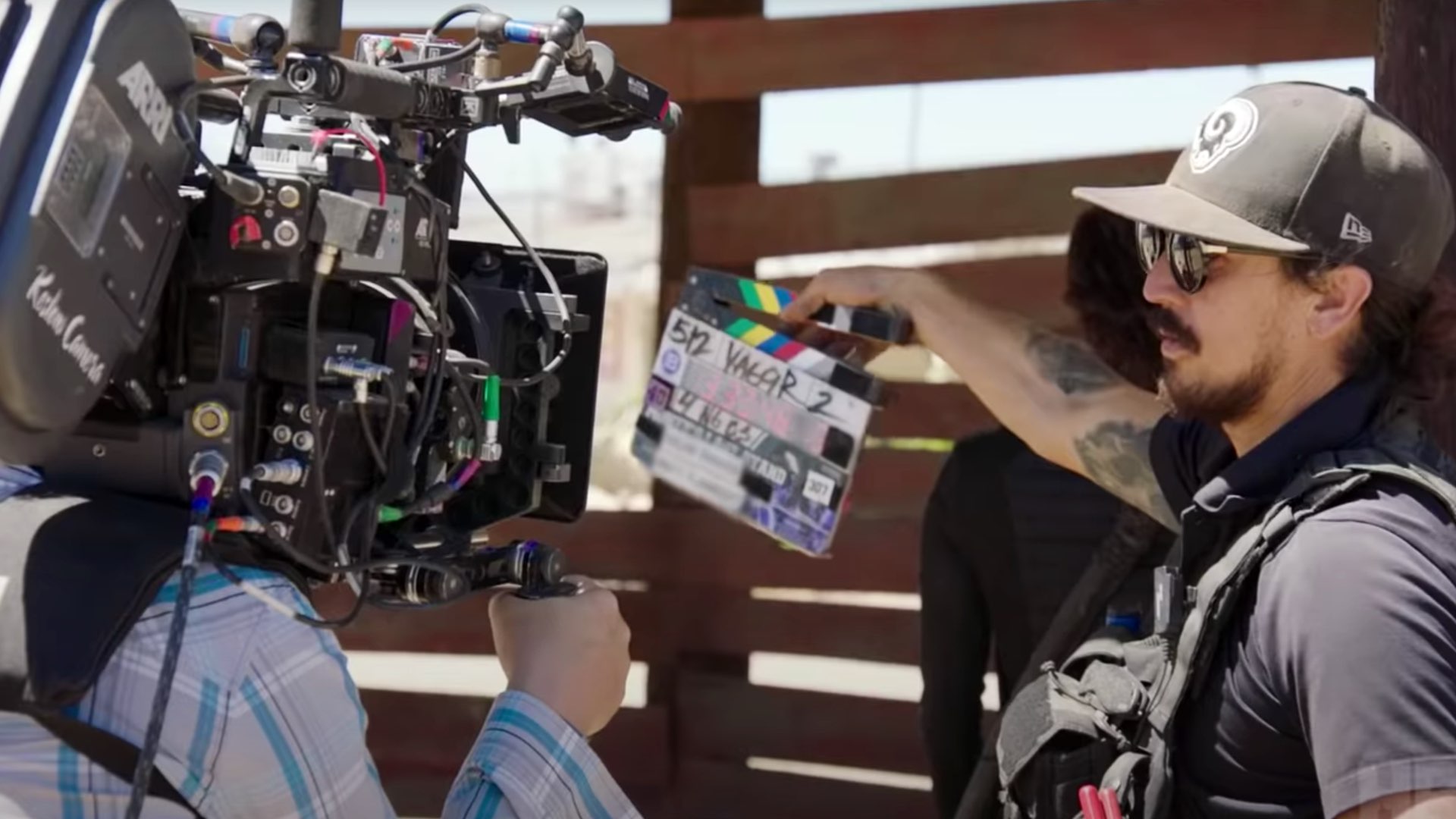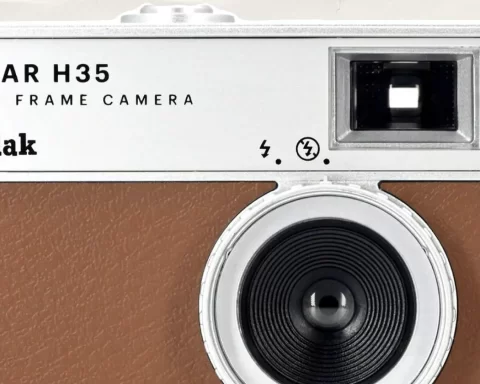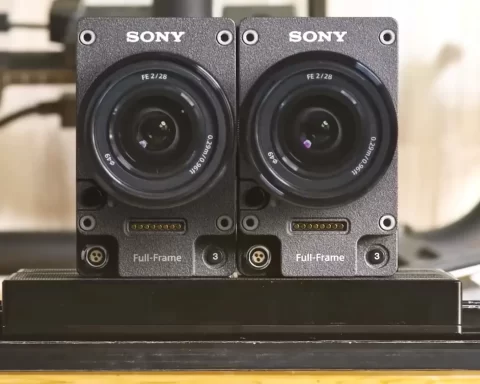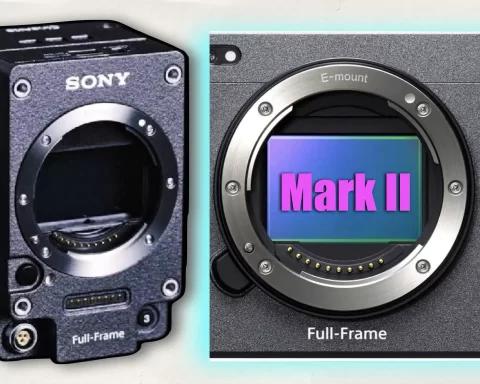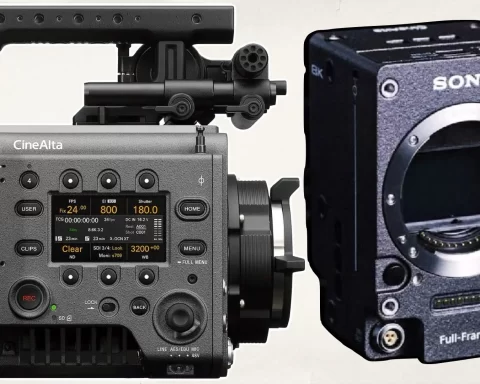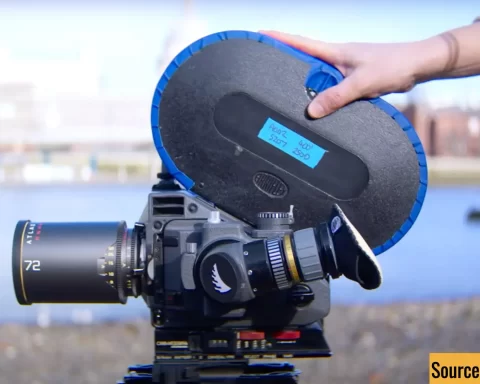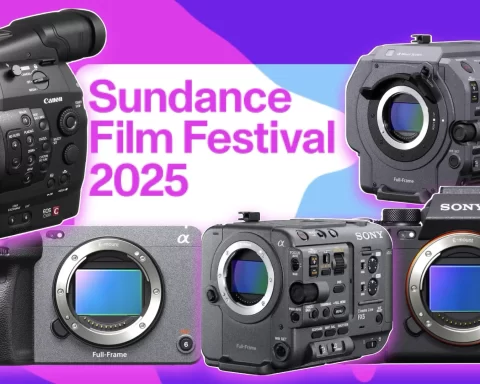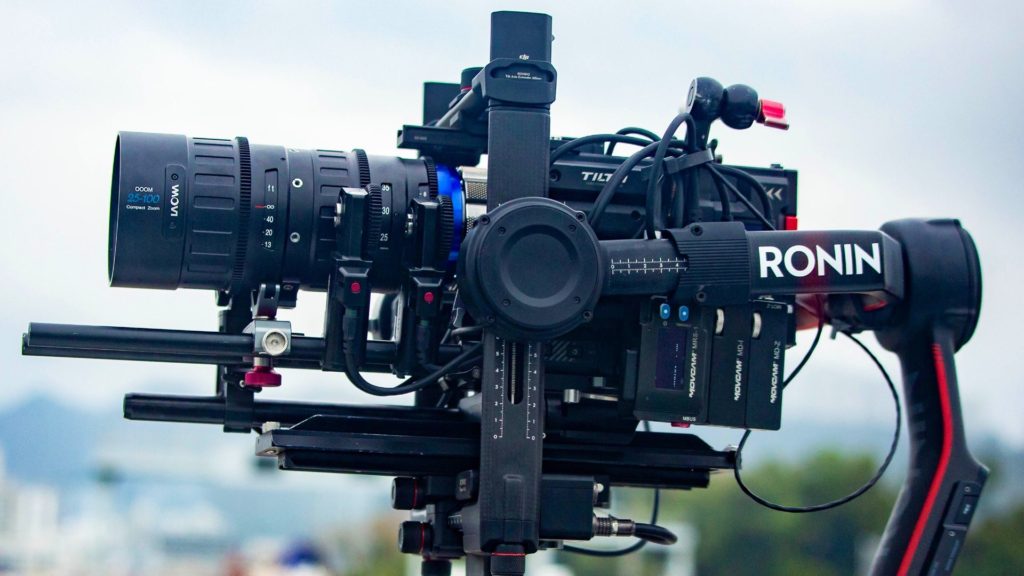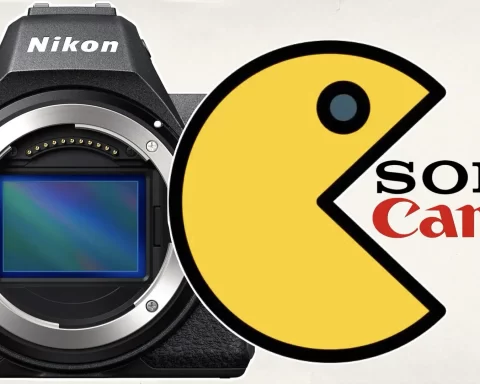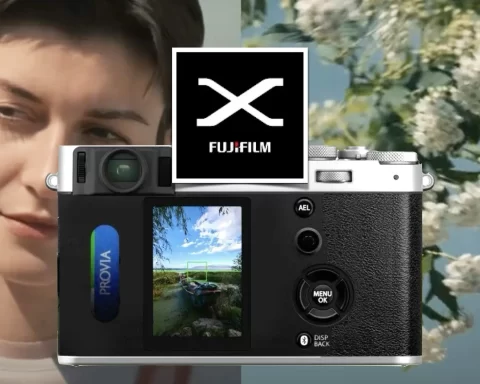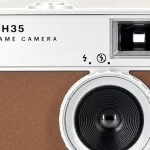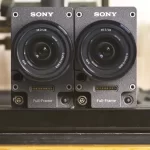The Emmy 2020 nominee for Outstanding Cinematography, Westworld, was shot mostly on film by DP Paul Cameron, ASC. The cameras were ARRICAM Lite and Studio, combined with Sony VENICE for wide-night shots. Westworld constitutes another proof and reference for the supremacy and the artistic imagery of the celluloid.
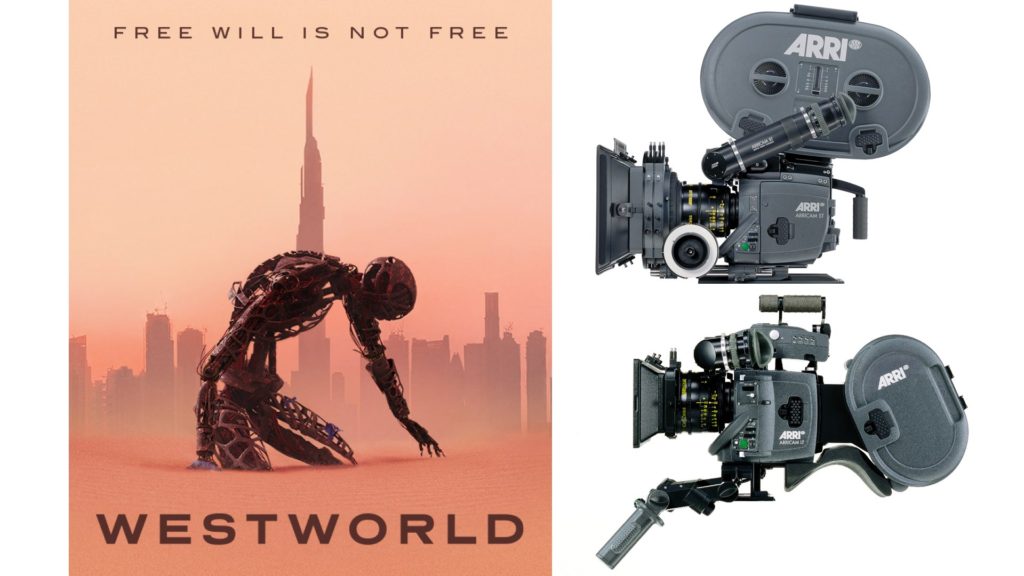
The history of the ARRICAMs
The ARRICAM model was invented in 2000. It all started by Fritz Gabriel Bauer, who was a filmmaker that founded a camera company called Moviecam. ARRI acquired Moviecam in the 1990s and announced the new ARRICAM ST (Studio) and LT (Lite) cameras in 2000, combining technologies from both systems. The ST was ARRI’s first 35 mm silent camera with displacement magazines (instead of coaxial) and was to be the last 35 mm silent studio film camera that ARRI would design—although ARRICAMs successfully work to this day. The Arricam ST is intended as a full-capability camera, including two camera magazine mounting configurations, whereas the Arricam LT is optimized for smaller, lightweight usage in handheld and Steadicam application, with only the option to mount the magazine in the rear position. The ST weights 8.15 kg/17.95 lbs (body with finder), and the LT weights 4 kg/8.8 lbs (body), 5.25 kg/11.56 (body with finder). They both were heavily utilized on the Emmy 2020 nominee, Westworld.
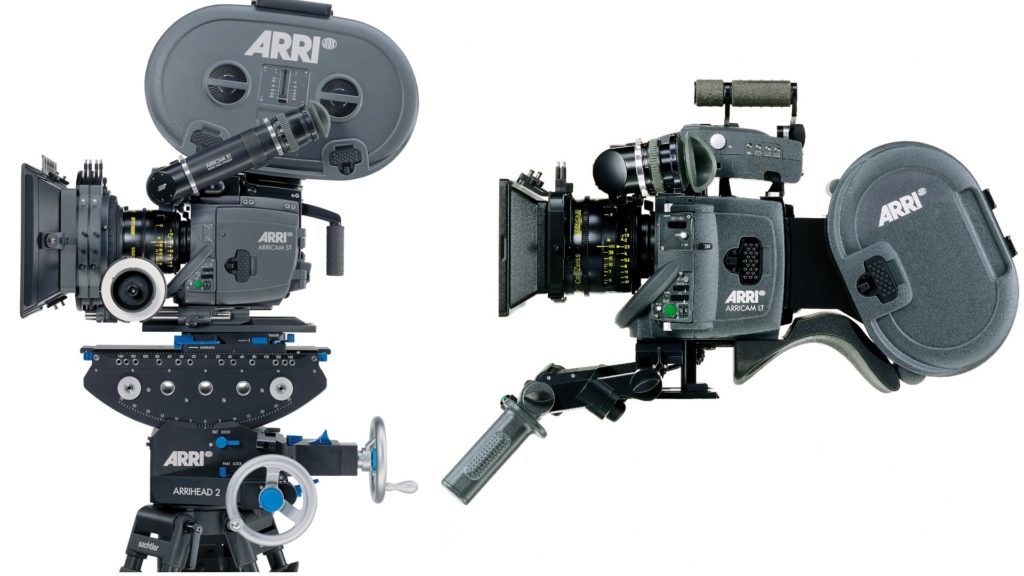
Celluloid combined with VENICE
Sony was very proud of its VENICE being used on one of the most successful HBO series ever made. Indeed, the VENICE is one of the dominant cameras among Emmy 2020’s Outstanding Cinematography nominees (read: The Cameras Behind 72nd Emmy Awards’ Outstanding Cinematography Nominees: Sony VENICE Leads the way). Nevertheless, it appears that regarding Westworld, the film was the weapon of choice and VENICE backed up in the wide-night shots to utilize the advantages and sensitivity of its large sensor in high ISO.
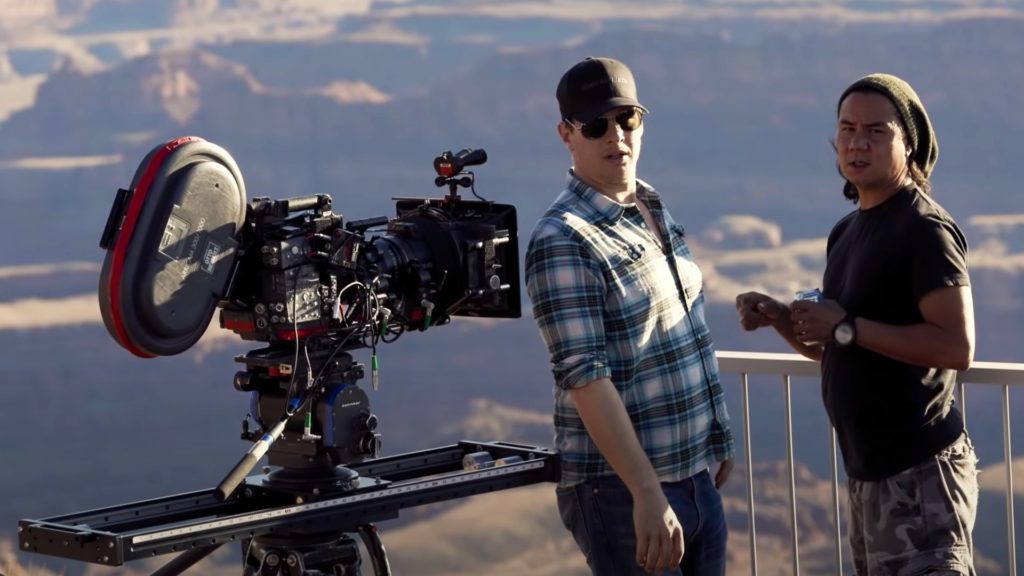
It appears that regarding Westworld, the film was the weapon of choice and VENICE backed up in the wide-night shots to utilize the advantages and sensitivity of its large sensor in high ISO.
Westworld: 72nd Emmy Awards’ Outstanding Cinematography nominee
DP, Paul Cameron, ASC is being nominated for Outstanding Cinematography for Single-Camera Series (One Hour) on his work in Westworld. The series is an American science fiction Western created by Jonathan Nolan and Lisa Joy and produced by HBO. The imagery is pretty stunning accompanied by beautiful cinematography. For season 3, the show takes place in Los Angeles in 2058, and according to Paul, it demanded a new vision while maintaining the classic cinematography from previous seasons. Thus, film stock was used to preserve the organic imagery, contributing to the series’ unique story.
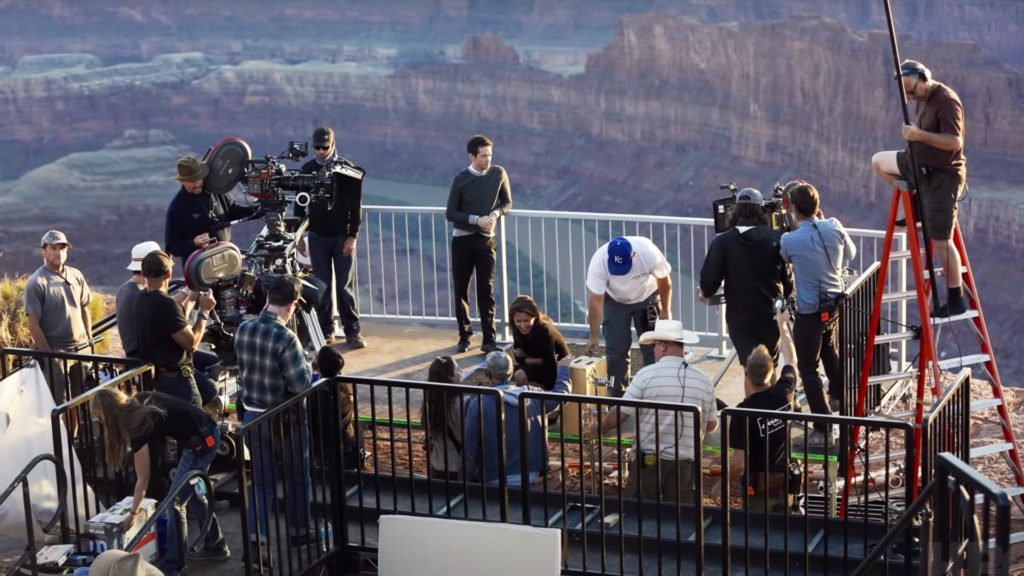
ARRICAM on a drone
“Generally, we carried three to four cameras and shot almost everything with two cameras,” stated Cameron in an interview with Kodak. “Primarily we used ARRI Master Primes and often favored the 27mm and 65mm. We also liked to carry a Zeiss 8mm Rectilinear which is like a fisheye but with a perspective correction so you can do these extremely wide angle-shots. For the Sony Venice, we incorporated the Zeiss Supreme Prime lenses from 21mm to 100mm with the primary ones being 21mm and 29mm as we were using them specifically for wide shots at night.”
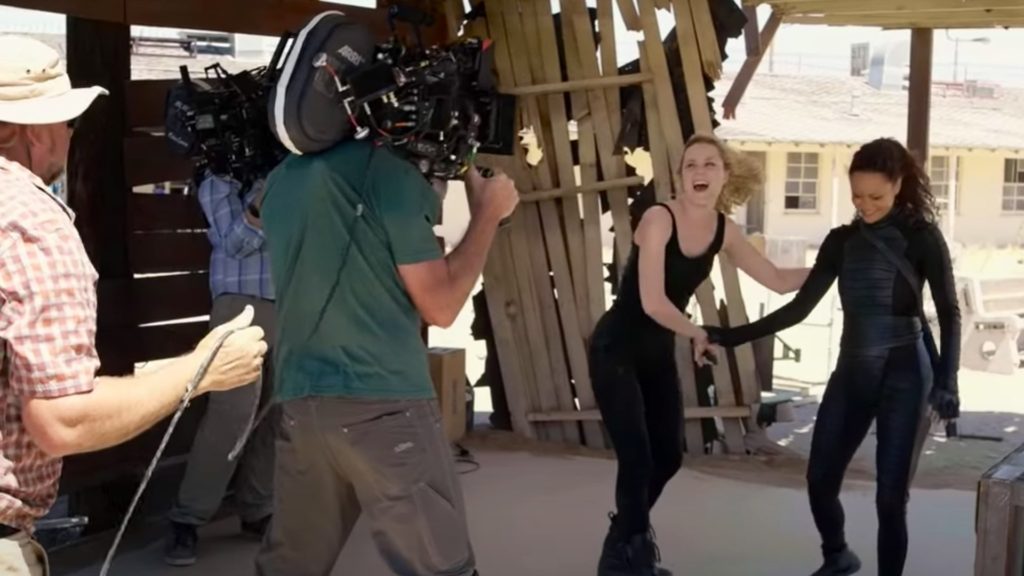
Cameron emphasizes that minimal digital footage can be found in Westworld, which most of it is done by the VENICE at 2500 ISO executing mainly wide shots at night. However, the majority of the show was capture on film, especially when perfect skin tone rendering was needed. The drone used to carry the film cameras is XM2, which we wrote about it a while ago (read: Meet the XM2 Sierra: A Drone for the ALEXA 65).
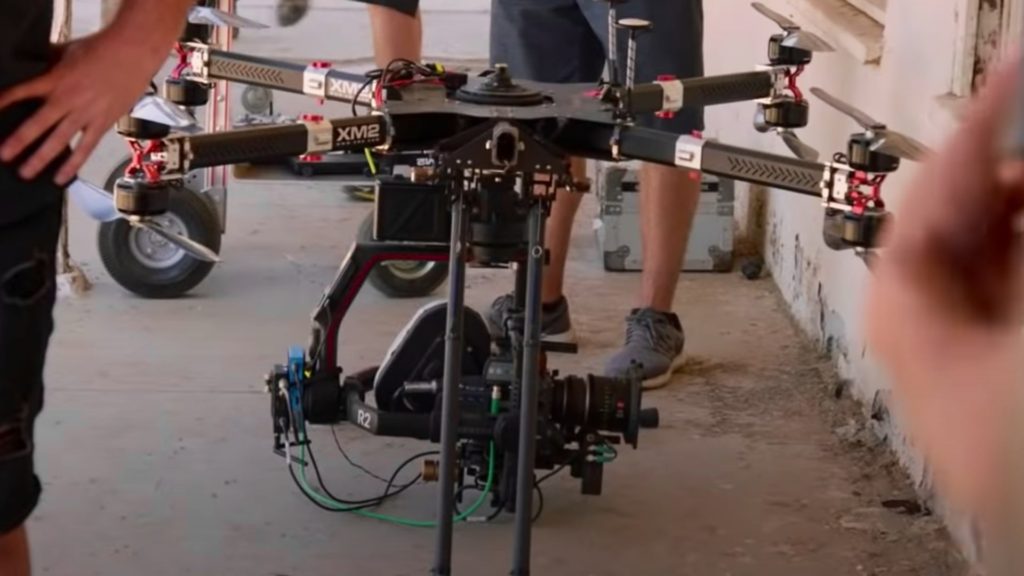
Initial thoughts
It always makes us smile (in a good way) to explore old film cameras being used in high-end-award-winning productions. With so much digital ultra-high-resolution options being available, choosing film stock indicates a true dedication for art and discipline regarding the creation process. In fact, the film takes even greater part when examining Oscar nominations (Read: The Digital Cinema has Brought the Film Cameras Back in the Game). Actually, film cameras have won the Oscar 2020. There is nothing that can be compared to the real and authentic organic look that almost every digital cinema manufacturer tries to mimic. Don’t you think?

